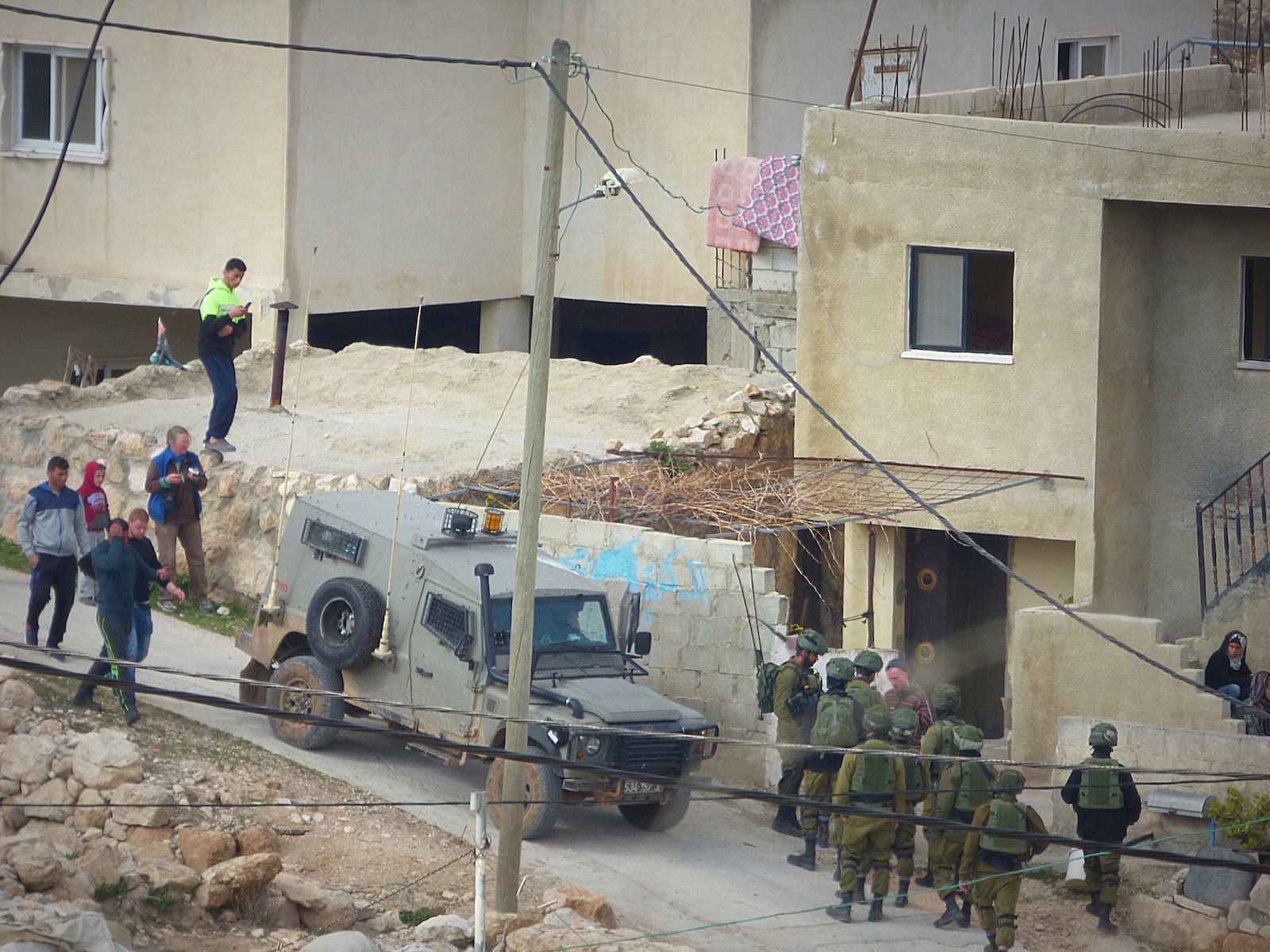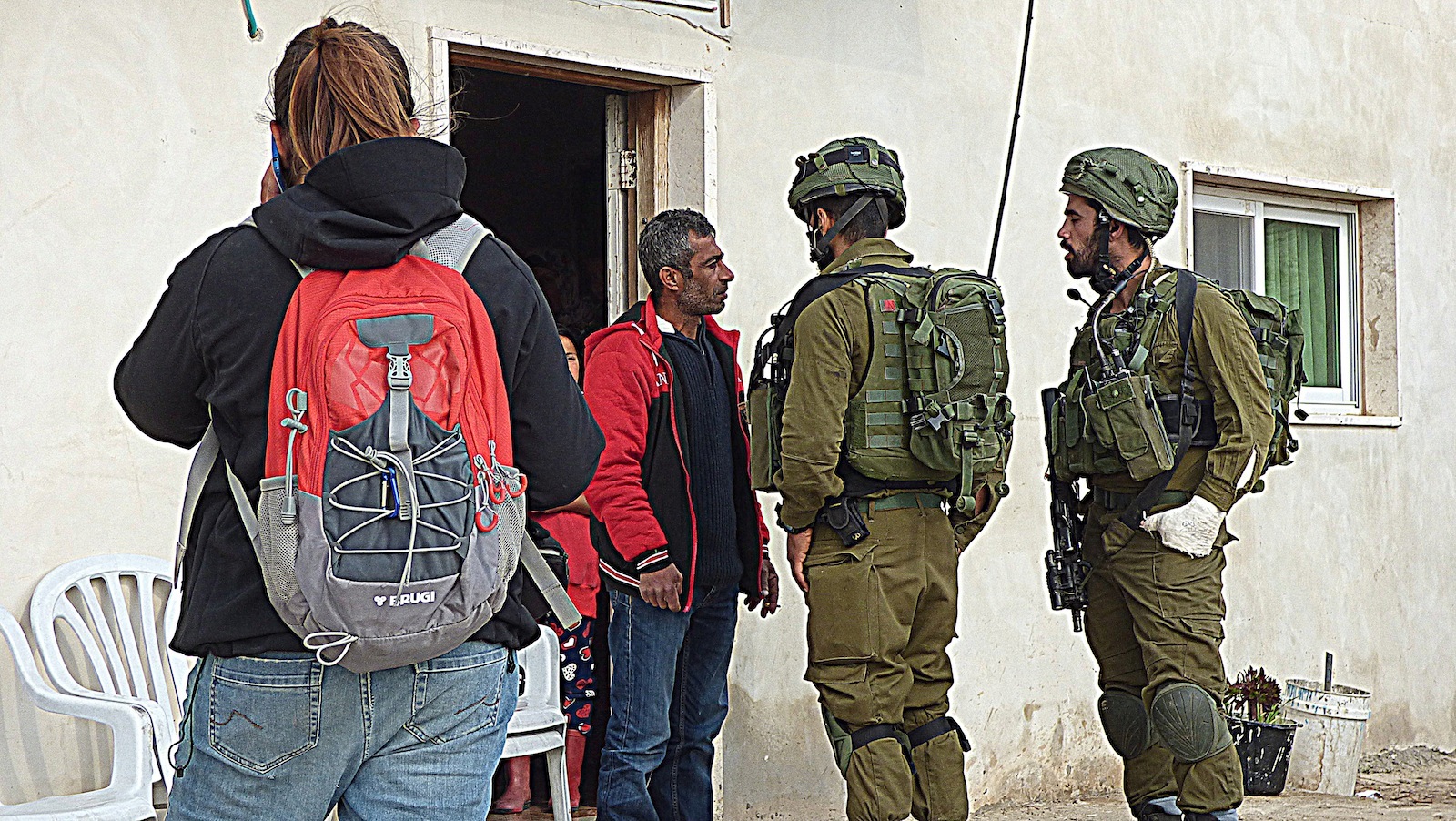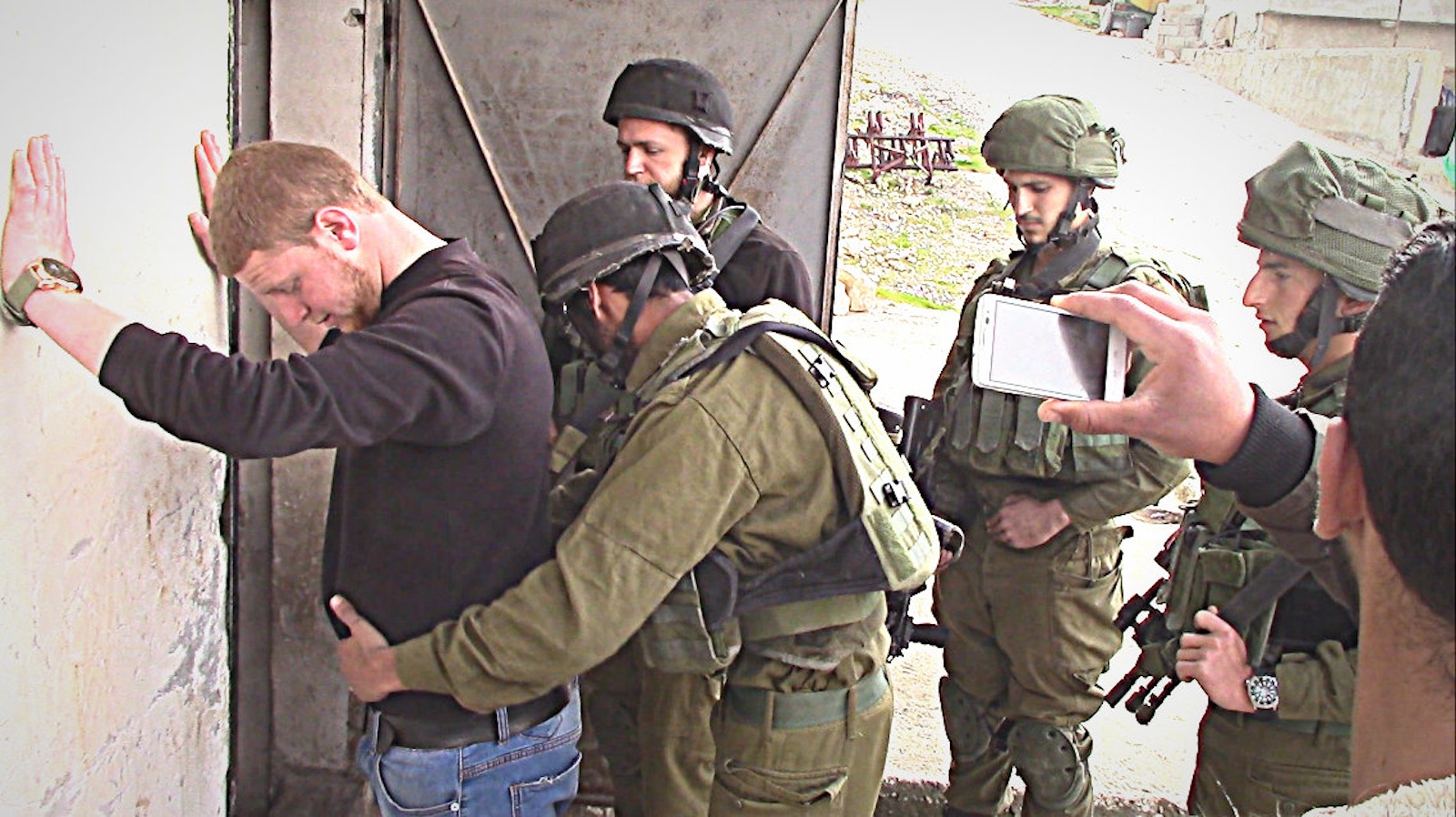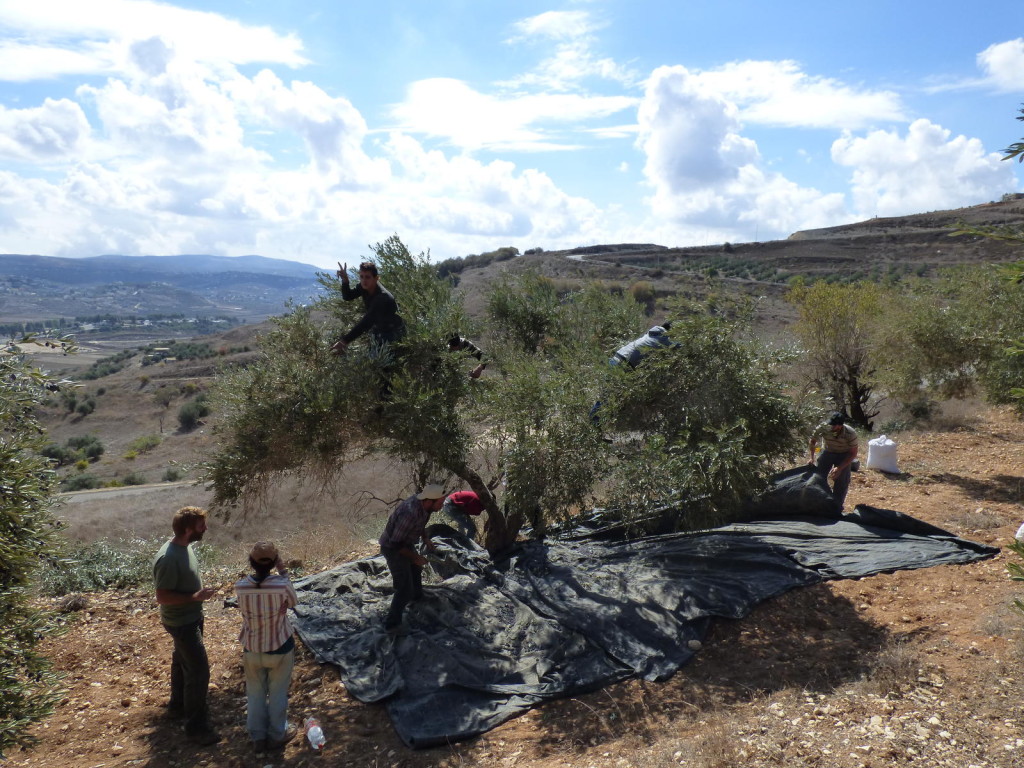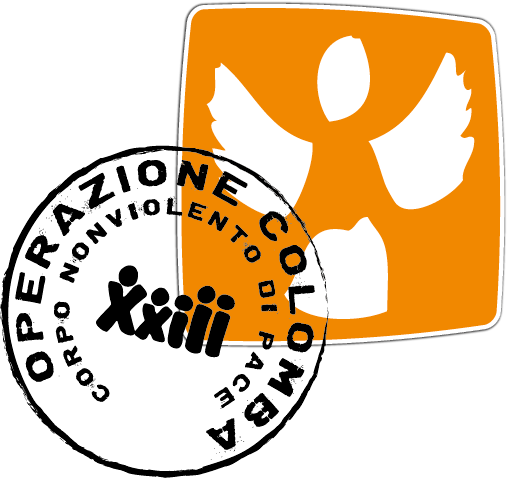By Norman Pollack
October 19, 2015
 Israel has come a long way since 1967 in the construction of an apartheid state and society with respect to the Palestinians, in truth, the proto-Nazification of policy and conduct in which the gas chamber has been replaced by the more protracted denial of life to the victims of an ethnocentric/racial ideology achieved through the degradation of a whole people: a faucet of inhumanity left running, where genocide is administered in drips rather than in a torrent. But even the latter holds, as now, as the misery and hopelessness sinks into the consciousness of the oppressed, almost as a conscious strategy of still more acute humiliation in the hope that signs of resistance will give pretext and excuse for a show of force and further clamping down.
Israel has come a long way since 1967 in the construction of an apartheid state and society with respect to the Palestinians, in truth, the proto-Nazification of policy and conduct in which the gas chamber has been replaced by the more protracted denial of life to the victims of an ethnocentric/racial ideology achieved through the degradation of a whole people: a faucet of inhumanity left running, where genocide is administered in drips rather than in a torrent. But even the latter holds, as now, as the misery and hopelessness sinks into the consciousness of the oppressed, almost as a conscious strategy of still more acute humiliation in the hope that signs of resistance will give pretext and excuse for a show of force and further clamping down.
The bombardment of Gaza last summer, a replay of Guernica as a lengthier exercise in domination, artillery replacing the dive bomber, was merely an example of the stored-up hatred and contempt Israelis displayed toward the Palestinians, a twisted mindset crossing the line from punitiveness to outright psychosis as though squashing an ant hill. Israelis do not concede the humanity of their victims, and perhaps do not even see them as victims but mere objects to be pushed around and, as a useful object lesson to them, swept aside, their houses bulldozed, their land taken away, the science of humiliation raised to a fine art. I turn now to the New York Times article by Jodi Rudoren, “East Jerusalem, Bubbling Over With Despair,” Oct. 18, a more sympathetic account of the Palestinians’ plight than is the wont of The Times,
and therefore to be taken seriously given the usual partiality of the paper.
This, remember, is only now, and not a summary of the decades of oppression which provide context for the events of today. She writes: “East Jerusalem, long the emotional heart of Palestinian life, is now the fiery soul of its discontent.” The recent stabbing attacks—which in my heart I cannot condemn so much as recognize as the desperation of youth otherwise powerless, without dignity or opportunity, they and their parents denied an honorable identity, and hence striking out in any way they can—originated “from within the city’s borders,” an area which also finds, for example, “Fuad Hamed, a successful businessman who condemns the wave of violence but shares the frustration and alienation underlying this new uprising.” Well stated, and I guess what I meant above is that Israelis share in the crimes with equal blood on their hands. Youths do not take knife in hand unless under severest provocation, knowing they will be killed instantly and retaliation taken on their parents. To Israelis, however, they are animals, nothing more, as a way of shielding from the Israeli mind, as a gigantic defense mechanism, the barbarism practiced.
(The scene, not in Rudoren’s account: a knife-wielding teenager, shot multiple times, lying dead on the pavement; a crowd gathers, chanting, “Son of a whore,” “Son of a whore.”)
We see the situation through the eyes of Abu Hamed, hardly an extremist. At 44, he lectures at Hebrew University, “runs two clinics in Israel’s health system, and lives on a comfortable home among Sur Baher’s [a neighborhood of 18,000] tangle of crowded hills.” From his balcony he sees “sprawling Jewish enclaves that he said were ‘built on our lands,’ and the ugly barrier Israel erected that splits Sur Baher from the occupied West Bank.” (Rudoren has the grace to use the word “occupied.”) Hamed takes in more: “These days, he can also see the Israeli soldiers who have blocked two of the neighborhood’s exits and set up a checkpoint to search cars [and people, a photo showing a man raising his shirt before a soldier, rifle in hand] at the third, making the city’s psychic division all the more concrete.” This, a well-to-do section of Jerusalem, not like the poverty found in the Old City and elsewhere. Hamed: “’You have a lot of evidence that you are not a human being.’”
He continues: “’The problem is the policy, because all the time as a Palestinian here you feel that they want to take you out of the city, you have a lot of problems that do not allow you to feel that you are part of the city. IT’S KILLING FROM INSIDE ALL THE TIME.’” (emphasis added) This is a form of genocide practiced internally, and reminds me—“they do not allow you to feel that you are part of the city”—of the system of segregation I witnessed and was repulsed by, growing up in the American South. Rudoren, in highlighting the feelings on both sides, raises the point that Jerusalem’s Palestinians feel “like the neglected stepchildren of both City Hall and the Palestinian Authority, which is headquartered in the West Bank and is barred from operating in Jerusalem. They do not feel wanted here, or part of what is happening there.” An enforced separation, yet frustration, one also surmises, because of Ramallah’s lackluster militancy and lack of leadership.
Rudoren explains further: “Civic and cultural institutions decamped years ago for the West Bank city of Ramallah. In Arab East Jerusalem, there are too few classrooms, and too many dropouts. It is difficult to get a permit to expand a home; 98 illegal structures were demolished last year. Three-quarters of the population lives below Israel’s poverty line.” This last is the clincher, and can be multiplied throughout the territories, from the squalor of living conditions to the blockade preventing medicines from reaching Gaza. City residency permits local travel for Palestinians, yet that only reveals to them the heightened contrast in lifestyle between themselves and Israelis. In the words of Sari Nusseibeh, a past president of Al Quds University: “’On the one hand, yes, you have open access to Israeli society—on the other hand you also have more knowledge about the discrimination that’s being practiced against you. Major issues that you identify with as a Palestinian and a Muslim, your dignity and self-respect, your position, your role, these are in total and constant conflict.’”
The upshot? Rudoren readily admits that the recent stabbings “that have killed seven Israeli Jews, five of them in Jerusalem, since Oct. 1,” as well as “at least 16 suspected assailants … shot dead by Israelis … along with more than 20 other Palestinians in clashes with security forces,” have a longer-term causation. At the very least, “East Jerusalem has been a hotbed since July 2014, when Jewish extremists kidnapped and murdered [i.e., burned him alive] Muhammad Abu Khdeir, a 16-year-old from the Shufat neighborhood.” Following that, there were approximately 1,600 stone-throwing incidents over the next three months and 700 arrested. This year, Sept. 13-Oct 15, 380 were detained, “171 of them minors.” The account does not relate the armed response, including the use of live ammunition.
Some background: “Arab East Jerusalem is not a single place but a series of some two dozen disparate satellites.” Hamed’s neighborhood is better off; many are overcrowded, poverty-ridden, somewhat isolated. How did it get this way? Rudoren’s discussion is forthright: “Israel captured it all from Jordan in the 1967 war, and expanded Jerusalem’s boundaries to 27 square miles from 2.3. Israel’s annexation was rejected by the United Nations, and most of the world considers the territory occupied.” She adds, “Today, 200,000 Jews live beyond Israel’s original border, most in new developments—widely considered illegal settlements—like those Mr. Abu Hamed can see from his balcony, 2,000 scattered among the Palestinian enclaves.”
To all intents and purposes, Jerusalem personifies apartheid, Hamed’s own neighborhood each day having a “line of cars at the lone remaining exit … stretched for hundreds of yards,” and, as an example, “Moussa Dabash, 44, who runs a tour-bus company, said he was searched under his shirt and between his legs.” This is a microcosm of the imposed dependence and humiliation: “’If I say a word, they’ll accuse me of trying to stab them,’ he said. The soldier who searched me, I told him, ‘Why are you doing this?’ He said, ‘Because you are terrorists.’” Hamed, also delayed, related that “a couple and their two children died in a fire last year …. because engines are dispatched to Sur Baher from another Palestinian neighborhood rather than from the closer Jewish ones.”
That is not the Judaism I grew up with and was raised in, inceptively small “d” democratic in every respect, particularly on issues of race and poverty. As Jews, we knew discrimination and could more readily empathize with those also discriminated against, blacks, those in poverty, other minorities, labor in general, all the while rising above the grubbiness and intolerance of an America, already in the 1940s from the standpoint of my personal experience, saturated in conspicuous consumption, xenophobia, antiradical, rising above—even if an escape—to beauty and excellence in everything from human intelligence to sports to aesthetics, participation in the universality of creativity in whatever form it took. This did not have to be an exclusively Jewish trait, and indeed it was the very spirit of cosmopolitanism that gave it energy and a certain sublimity, and freed it from chauvinistic dogmatism. Jews, whether observant or secular, identified with the common man, using the term unself-consciously, just as in the 1940s, and before my adolescence, in the 1930s, antifascist. That is the Judaism Israel has defamed, I might even say, desecrated, so that rape of the Palestinians, as in the title, refers not just to their bodies, but their identity of personhood, their being, that has been violated.
My New York Times Comment on the Rudoren article, same date, follows:
As a Jew, I am deeply ashamed of Israel and its treatment of the Palestinians. Israel is a horrible corruption of Judaism, a world religion identified before the 1960s with a deeply penetrating HUMANISM that was reflected in knowledge, observance, music, the arts in general, scientific learning and mathematics, and liberal politics. Now, so much of that rich heritage is gone, insulted by the actions, condescension, ethos of contemporary Israel, and infecting all of world Jewry.
Israelis have shown themselves beyond cruelty, an internalization of the very darkness that resulted in the Holocaust, only now it is the Palestinians of today who are the Jews of yesterday and the Israelis of today who show the arrogance of those who formerly persecuted the Jews. Israelis gleefully show their muscle at every turn, delighting in the humiliation of the Palestinians and not realizing how this not only violates the teachings of Torah but reveals the inner evil and psychological rot of those who dominate.
How sticks and stones, even knives, can be taken as other than marks of desperation, as meanwhile Israeli security forces have the latest, most lethal weapons, and are prepared to use them as a reflex action, shows the gross imbalance of force. How did it come to this? As a youth growing up in the 1940s-50s I saw Israel as the paragon of democratic socialism (even then I was unaware of the the start of ethnic cleansing and contempt for the Palestinians). Far worse today.
Norman Pollack has written on Populism. His interests are social theory and the structural analysis of capitalism and fascism.





